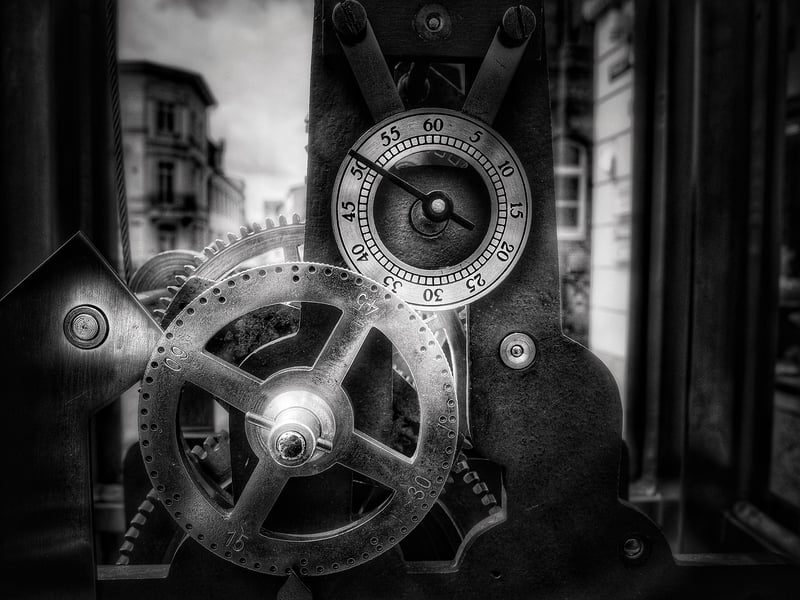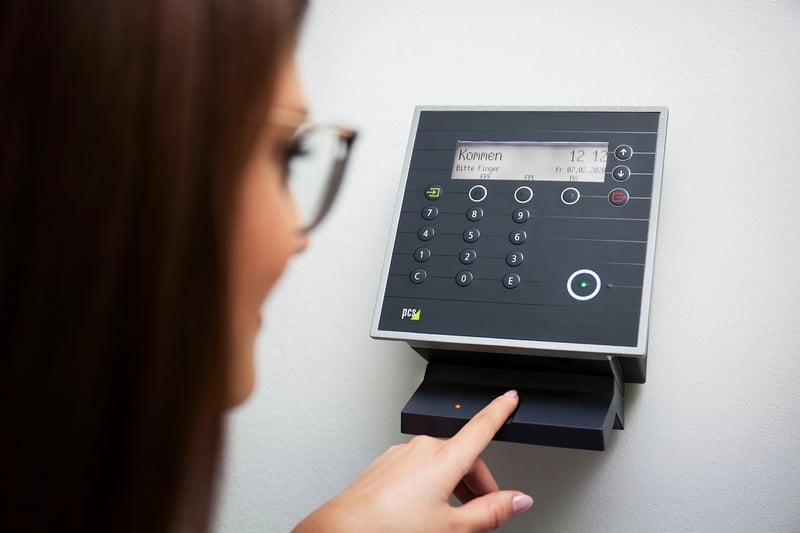Time Warp Devices
Mechanisms for Time Travel and Time Warp Devices
Time travel has long been a fascinating concept in science fiction, captivating audiences with the idea of journeying to the past or future. While time travel remains a theoretical concept, scientists and writers have explored various mechanisms and devices that could potentially make it a reality.
1. Wormholes
One popular theory for time travel involves the use of wormholes, also known as Einstein-Rosen bridges. Wormholes are hypothetical tunnels in spacetime that connect two separate points, potentially allowing for travel between different times as well as locations.

2. Time Machines
Time machines are devices that could manipulate spacetime to enable time travel. While no practical time machine has been developed, the concept often involves bending spacetime to create closed timelike curves, allowing for movement along the time dimension.

3. Tipler Cylinder
The Tipler Cylinder is a theoretical construct proposed by physicist Frank J. Tipler. It involves a massive rotating cylinder that could theoretically warp spacetime in a way that allows for time travel into the past. However, such a device would require exotic matter and immense energy to be feasible.

4. Cosmic Strings
Cosmic strings are long, thin stretches of energy left over from the early universe. Some theories suggest that cosmic strings could create gravitational fields significant enough to warp spacetime and potentially facilitate time travel. However, the energy required to manipulate cosmic strings is currently beyond our technological capabilities.

Conclusion
While time travel remains a speculative and theoretical concept, exploring these mechanisms and devices opens up intriguing possibilities for the future of science and technology. Whether through wormholes, time machines, Tipler cylinders, or cosmic strings, the idea of traversing time continues to spark imagination and curiosity.
